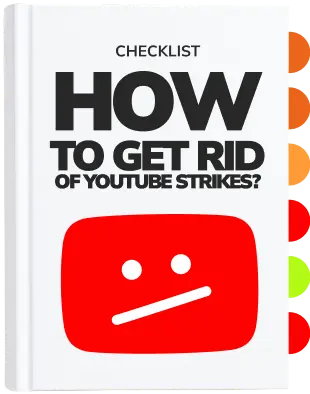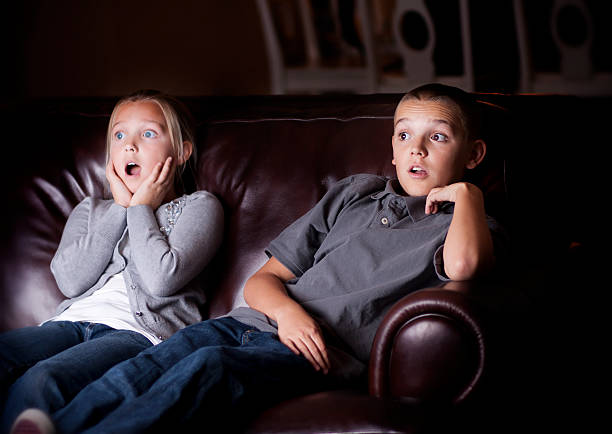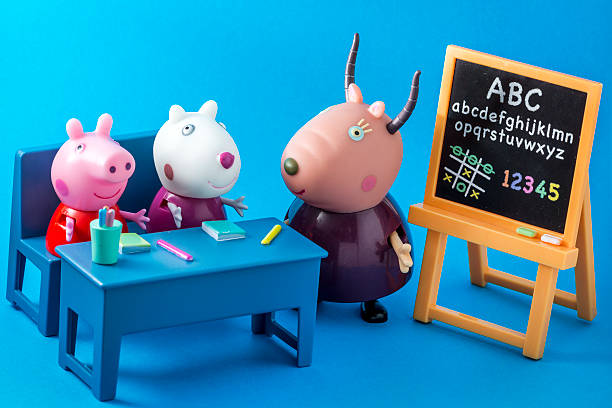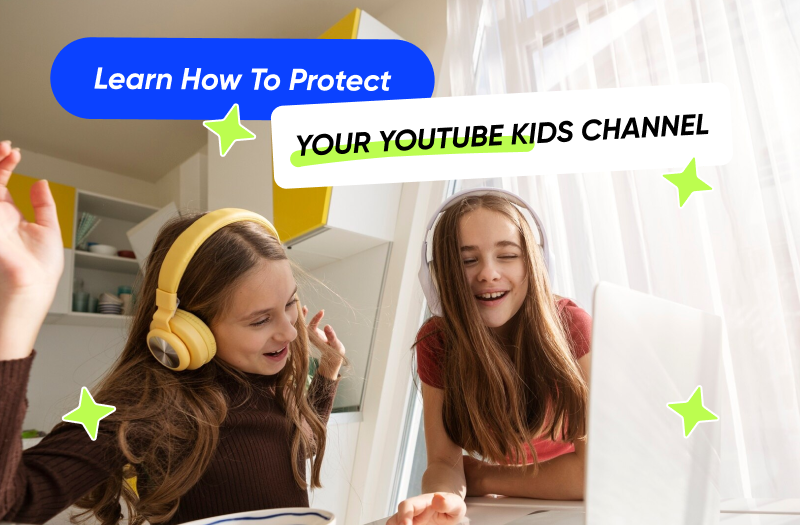01
1. Low-Quality or Overly Repetitive Content
02
2. Excessive Use of AI-Generated Content
03
3. Inappropriate Themes in Kids' Content
04
4. Excessive Commercialization
05
5. Misleading Metadata or Thumbnails
06
6. Overstimulating Visuals
07
7. Unsafe Challenges or Dangerous Activities
08
8. Copyright or Trademark Issues
09
9. Mislabeling Content Under COPPA
10
10. Excessive Shorts with Minimal Engagement

YouTube is the most strict when it comes to YouTube Kids. And it makes sense! Children should be the most protected. However, running a YouTube Kids channel can feel like walking on eggshells sometimes. Even experienced creators can get caught in the crossfire of the policies. Let’s break down the ten biggest reasons channels lose monetization and what you can do to avoid them.
1. Low-Quality or Overly Repetitive Content
YouTube’s AI is getting better and better at recognizing spammy, low-effort content that’s just there to grab children’s attention without providing any sincere value. If your videos are repetitive, rely heavily on auto-generated voices, or feel like they were mass-produced, you could be flagged as "made for monetization". We’ve seen channels churning out 50+ videos a week using the same templates get demonetized overnight.
How to Avoid It: Quality over quantity. Sure, you could make several easy attention-grabbing videos and just post them every single day. That would draw traffic to your channel, but at the risk of demonetisation. Make sure to make quality content. And if you’re struggling with the ideas, we have prepared viral content ideas for both long YouTube videos and YouTube Shorts.
Source: YOUTUBE TIPS SPBK
2. Excessive Use of AI-Generated Content
AI tools can be great for a variety of purposes, but relying too heavily on them for voiceovers, animation, and scripts can backfire. YouTube algorithms generally prefer content that has a human touch to it. AI can be of great assistance, especially when it comes to translating your content, but when it’s obvious that a human touch is missing or you are using AI avatars of real people who aren’t you, your channel might be flagged.
How to Avoid It: Use AI as a support tool, not a replacement for every bit of work.
While excessive use of AI on your YouTube channel might get you flagged, don’t be discouraged from using it altogether. AI could be of great assistance when it comes to translating metadata to expand your reach! Drop us a message, and we will provide you with all the information you need!
3. Inappropriate Themes in Kids' Content
Kids are impressionable and tend to mimic what they watch on screen. It goes without saying that YouTube Kids algorithms don’t like adult themes. Of course, you could get flagged for such on your regular YouTube channel, but Kids take it to the next level to protect children.
Even subtle violations can and will lead to demonetization. Scary imagery, excessive sadness, or mature themes hidden in kids’ content are instant red flags.
How to Avoid It: Stick to positive, safe storytelling. There’s no need to scare your young audience.

4. Excessive Commercialization
According to COPPA rules, you can’t put blatant promotional videos on YouTube Kids. First of all, that will negatively affect your channel’s reputation in the eyes of Youtube. Secondly, their algorithms will demote your channel, limiting its features. Moreover, excessive promotion can make your content ineligible for monetization.
How to Avoid It: If you want to run a successful ad campaign on YouTube Kids, partner up with professionals who know the rules and regulations like the back of their hand!
From Small to 125M+ Subs: Kids Channels Grow with AIR
Let us uncover your growth spots — request a channel audit!
5. Misleading Metadata or Thumbnails
If your video titles, descriptions, or thumbnails exaggerate or mislead, you’re on thin ice. YouTube actively cracks down on clickbait, especially in kids' content. For example, if you label a video as "Peppa Pig Official" but it’s just a fan-made animation, you could be in trouble.
How to Avoid It: Keep your metadata accurate and ensure thumbnails represent the actual content. No fake "official" branding or exaggerated expressions designed just for clicks.

6. Overstimulating Visuals
While it’s important to have appealing visuals for both YouTube Kids videos and YouTube Kids Shorts, it’s also essential not to make them overstimulating. What does that mean? Flashing lights, too bright of a color scheme, jarring sounds.
How to avoid: Be mindful of what’s in your frame. Review everything with a critical eye and avoid falling into ‘too much’. It’s never worth it.
7. Unsafe Challenges or Dangerous Activities
Even if it's accidental, showing anything that could be considered dangerous for kids can get your channel flagged. This includes seemingly harmless pranks or stunts that kids might try to imitate. Or even as much as jumping off a chair in YouTube Shorts.
How to Avoid It: Keep activities safe and educational. If you feature action sequences, make sure they come with disclaimers and responsible messaging. Kids are easily influenced, so you have to be responsible with your content.

8. Copyright or Trademark Issues
Using copyrighted music, characters, or even background footage from TV shows can lead to strikes and demonetization. Many kids' channels have been shut down for using recognizable characters without proper licensing.
How to Avoid It: Use royalty-free music, create original characters, and avoid directly lifting assets from other brands.
Our partners get free access to a significant vault of royalty-free music that can freely be used in your YouTube Kids videos. Leave us a message to learn more!
9. Mislabeling Content Under COPPA
We’ve seen it happen: a creator mislabels content as “Not Made for Kids” to access higher RPMs, only for YouTube to step in and override that choice. If the platform determines that your content is kid-focused but not properly labeled, you’re not just risking demonetization—you’re opening yourself up to potential legal trouble.
How to avoid: If your content features animated characters, nursery rhymes, toy reviews, or bright, exaggerated visuals, it's safer to label it as "Made for Kids." Yes, you lose personalized ads, but avoiding penalties is more important in the long run.
Source: YouTube Marketing with tubics
10. Excessive Shorts with Minimal Engagement
If your Shorts rack up millions of views but result in low watch time, poor audience retention, or minimal engagement, YouTube might classify your content as low-value.
How to avoid: Create Shorts with a narrative arc—beginning, middle, and end—to keep kids engaged. Also, cross-promote with long-form videos to maintain overall channel health.
Demonetization doesn’t happen in a vacuum. YouTube doesn’t wake up one day and randomly decide to cut you off—it’s a slow build-up of red flags that push your channel into risky territory.
The key is proactive channel management. Audit your content regularly (we can help you do that more efficiently, of course), keep up with YouTube’s policies, and never rely on just one revenue stream.

